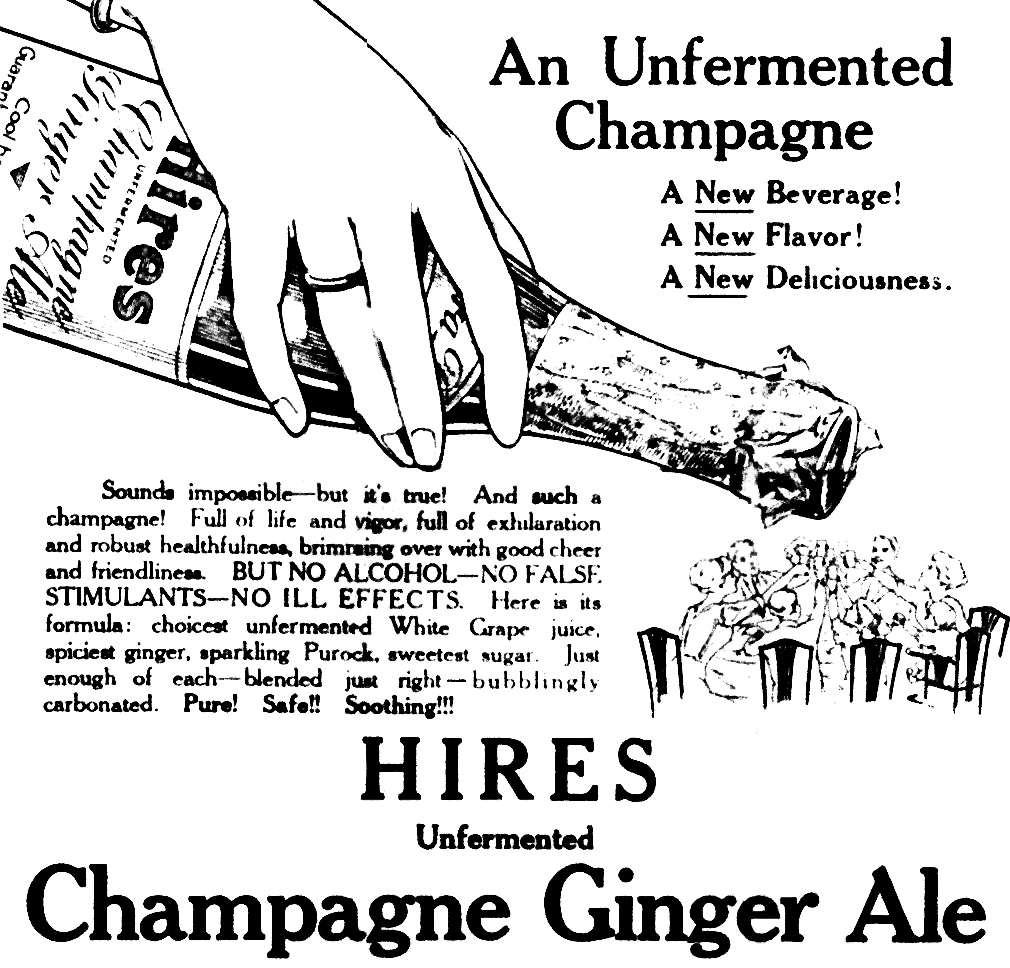1913
IT HAPPENED IN…1913
The Sixteenth Amendment to the Constitution
permitting the levying of income taxes on individuals and businesses
without apportionment based on each state’s population.
The Anti-Saloon League scored a nationwide victory
with passage of the Webb-Kenyon Interstate Liquor Act banning
shipping of liquor to states where selling liquor was illegal.
Henry Ford’s 250’ long assembly line turned out
1,000 Model T’s per day.
Newly introduced products included Erector Sets,
crossword puzzles, and Camel cigarettes.
Popular new soft drinks included Orange Smile,
Cherry Blossoms, Orange Julep, Grape Julep, Cherry Julep, and Cherry
Smash.
Hires’ 1913 dealer marketing campaign included a
tri-fold packet containing a 1912 Alice postcard.
An attention-grabbing, round, die-cut hole was perfectly
positioned so Alice appears to be inviting the reader to “Look into this
carefully!” An overly
zealous copywriter penned the comment that “Hires’ HOUSEHOLD EXTRACT For
Making Rootbeer at Home is the same today as mother used to make more
than 40 years ago.” 40 years prior was 1873.
Here are both sides of the packet.
(Figure 1913-01, Hires’ 1913
dealer packet, outside, with postcard inserted)
(Figure 1913-01, Hires’ 1913
dealer packet, inside, with postcard removed)
For several years Hires' Sales Department produced and distributed a weekly "Fountain of Ideas - Confidential Bulletin" to their marketing staff. Here is the page header used during 1913:
(Figure 1913-01.3, Fountain
of Ideas sales bulletin page header)
The explanation accompanying the following Fountain of Ideas image stated "Attached hereto you will find a picture of our Exhibit at the International Conference of the YMCA, held at Cincinnati May 15th to 18th. During the three days Mr. Pittsburg Brown and myself signed up 29 MUNIMAKER contracts for MUNIMAKERS and 100 gals. of 'Hires.' All of these MUNIMAKERS of course, are going into YMCA buildings. The orders were taken from YMCAs from every point of the compass. For instance we signed contracts for Moose Jaw, Saskatchewan, Canada, Greensburg, North Carolina, Greenville Junction, Maine, Walla Walla, Wash., etc. I wish every man of the Hires Company could have been at this convention with us to have heard the praise of the MUNIMAKER." In addition to all of the displayed Hires signage, note the large banner reading "Mr. Secretary - Is the Munimaker making money for your Association?" The young man resting his arm on a Munimaker was apparently serving Hires Root Beer by the glass to convention attendees.
(Figure 1913-01.5, Hires
Munimaker exhibit, May 15-18, 1913)
Another copywriter exaggeration declared “HIRES was
America’s first popular drink – 1870.”
(Figure
1913-02,
Saturday Evening Post, May 25, 1913, 10.5” x 7.0”)
Note the Munimaker dispenser on the soda fountain counter in this
advertisement.
(Figure 1913-03, Saturday Evening Post, 5.25" x 13.75")
The June 14, 1913 Fountain of Ideas sales bulletin included this sage advice:
Instead of doing as little as you can, try doing as much as you can. You will be surprised how much more honorable you will feel when your salary is handed you. The knowledge of doing your full duty gives you a clear conscience and permits you to look the employer in the face without a feeling of shame. This sort of a feeling makes you know when you have reached the true value of your services, you are in position to ask for an increase and, what is more, get it.
There are many bright terminals on the road of duty, and many rewards for the ones who give over-measure in the scale of service. This reward is as sure to come as tomorrow. It may not come soon as you expect, and you may think your employer is a skinflint and the harder you work the harder he will want you to work, but the world pays for services rendered and if your employer is wise -- and chances are he is -- he will know that you are valuable to him. No employer will think of permitting anyone who gives full value in services to get away from him. It costs nothing but vim and energy to try this plan, and if you really want to get more, give more and one will as sure as fate balance the other.
A WORK - A - DAY CREED.
I shall be kind to-day, for my own sake, if not for others.
I shall be clean to-day, in body, mind and soul.
I shall be patient to-day, because it is the swiftest way to accomplish results.
I shall be honest to-day, not for policy's sake, but for principle's sake.
I shall obey to-day, because it is the only way I can learn how to command.
I shall learn some good thing to-day, because I must either progress, or retrogress.
I shall try to appreciate some new thing of beauty to-day, because I desire to get the most pleasure out of life, and the great pleasures come from knowing new beauties which are but outward manifestations of eternal truth.
I shall do some useful thing to-day, and shall do it as well as I can, for true contentment comes only in doing of honest work well.
Glenwood S. Buck
The June 21, 1913 Fountain of Ideas bulletin offered still more sales advice:
JIM HURRY & GEORGE GETIT
We have learned that we cannot take salesmen on the face value of their weekly reports. Jim Hurry, for instance, sold 500 gallons of Fountain Syrup, or 500 cases of Carbonated, or 500 dozen Extract last week. George Getit sold only 200 of one of the above mentioned articles. But we know George is the better salesman because we can predict with certainty that his territory will yield a larger volume of business during 1913.
Jim sold the dealer and sold him well; George sold the dealer also, but in addition sold everybody else in town, knowing it is the everybody elses who drink 'Hires' i.e., after he had sold John Smith a barrel of Syrup he made a display in his window, put two window strips on his mirror and two more on his glass doors, so as to assure himself of another fifty-gallon order on his next trip. In his wake may be found a blaze of yellow, red and purple, all crying out to people to buy 'Hires.'
These two half-page advertisements were placed
in the June 21, 1913 issue of the
Saturday Evening Post.
(Figure 1913-04, Saturday Evening Post, June 21, 1913)
(Figure 1913-05, Saturday Evening Post, June 21, 1913)
Here are the 12 pages included in the Hires Un-Natural History booklet referenced in the advertisement illustrated above. The front and back covers are missing, the ink has bled thru the pages, and the paper has yellowed with age due its high wood content. Hopefully a complete booklet in better condition will eventually show up. (See Figure 1914-01 for additional information.)
(Figure 1913-05.1, Hires Un-Natural History booklet, pages 1-12)
Hires' Fountain of Ideas sales bulletins also featured bottler testimonials, such as these three examples:
Mr. M. N. Nelin, proprietor of the Rockford Coca-Cola Bottling Co., is one of the most enthusiastic bottlers in the Middle West. It just took him two years to build up a two-thousand gallon business on 'Hires' and he has set three thousand gallons as his mark for 1913. The Rockford Coca-Cola Bottling Co. will continue to grow, by virtue of Mr. Nelin's up-to-date and aggressive methods, and we are glad 'Hires' is playing such a big part in its success.
(Figure 1913-05.3, Fountain of Ideas, June, 1913)
Mr. Dudenhofer, another successful 'Hires' bottler -- trading under 'The Dudenhofer Bottling Company,' Danville, Ill. -- is the gentleman on the rear of this fine looking truck. He is one of our pioneer bottlers. He started with 'Hires' a year after our Bottling Syrup was put on the market and his business has shown a substantial increase each year. Our compliments to one of Illinois' representative bottlers.
(Figure 1913-05.8, Fountain of Ideas, June 28, 1913)
Ogdensburg, N.Y.
Gentlemen: Kindly advise when your salesman will be here, as we wish to be prepared and leave nothing undone to assist him. 'Hires' is the only specialty we are going to put out this season, so we will of course put all our time on it.
Briggs & Burns. (Bottlers)
The
following article by Charles E. Hires appeared in the July 24, 1913
“Silver Anniversary Issue” of
Printers’ Ink, the weekly “Journal for Advertisers.” Given
that Charles E. Hires personally experienced these events, his accounts
are the best primary source material available.
Excerpts appear in other chapters based on references to specific years,
time periods, events, and developments. This is the complete
article as written:
Some Advertising Reminiscences
1869-1913
By Charles E. Hires
President, The Charles E. Hires
Company (Hires Root Beer), Philadelphia
I often think that what a tremendous advantage the advertiser of today enjoys over the advertiser of twenty-five to forty years ago. Nowadays the young business man can walk into the office of any one of a dozen advertising agencies, and be told in ten minutes some of the things which we older advertisers spent years and small fortunes to find out. Looking back over my business history – which covers 44 years now – I think the piece of advertising matter which brought most direct returns was a circular to dealers which I sent out in the early ‘90s. It was a single sheet, printed on both sides in one color, and called the dealers’ attention to the advantages of selling the well-known, advertised root beer extract instead of unknown brands. In it I tried to show how the sale of the advertised product insured the dealer in getting his full profit, since it was easier to sell, and could be sold for full price.
BREAKING THE "LEDGER'S" COLUMNS
But the Editor of
Printers’ Ink has asked me
for reminiscences – not for moralizing.
I believe that I was the first advertiser who was ever allowed to break the columns of the Philadelphia Public Ledger. In 1869 I opened a retail drug store at Sixth and Spruce streets, Philadelphia, and in connection with my soda fountain – in those days by no means the elaborate contrivance it is today – I often experimented in getting up new flavors for soft drinks. Thus I learned a good deal about public taste, what sort of flavors would please patrons from the start, and the kind of flavors which would remain in public favor.
Some years after this – Centennial year, I think – my
wife and I were boarding at a farmhouse in the country, over in Jersey.
The farmer’s wife was accustomed to gather teaberry leaves,
sassafras bark and berries, and to steep them, making a tea.
The result, when fermented with yeast, was called “homemade root
beer.” I conceived the idea
of putting a similar product on the market, and after a great deal of
experimenting I hit upon
what I considered the right combination of roots and barks to produce a
flavor which would please at the moment and would also send the customer
back for more. For some
time I sold the dry herbs in the package, with directions to the
purchaser to steep them, later adding the yeast and sugar just as it was
done by the farmer’s wife in Jersey.
Later, however, to save the customer the trouble of boiling and
straining the dry herbs, I put it up in the form of Hires Root Beer
Extract, just as it is still sold today.
I think it was the year of ’77
that I was in the Public Ledger
office one day, and George W. Childs, then editor and proprietor, saw me
and led me back into his office.
"Mr. Hires,” he said, “why don’t
you advertise that root beer extract of yours?
It is good stuff.”
I told Mr. Childs that I hadn’t
seriously considered advertising it, and that I hadn’t any money to
spend for advertising it in any event.
“I’ll tell you what to do,” said Mr. Childs.
“You advertise in the
Ledger, beginning right away, and I’ll tell the bookkeeper not to
send you any bills until you ask for them.”
So I started in the
Ledger, along in the late
‘70s. I wasn’t
overconfident, and didn’t want to presume upon the kindness of my good
friend, Mr. Childs. So I
used small space, gradually increasing until at the end of a year I was
using two or three inches at a time.
Just about that time I first asked for the bills, and gradually
paid off the indebtedness to the
Ledger. My space
continued to increase, until finally Mr. Childs broke the rule about the
integrity of columns and allowed me to use all the space I wanted up to
full pages.
My experiment with the
Ledger was so successful that
I began to wonder if the same thing could not be done in a national way
and in the late ‘70s N. W. Ayer & Son placed a half-inch ad in the
standard magazines. I
believe the term “standard” had not yet been applied to them, but the
list included several which have since become designated by that title.
A WIDE CHOICE OF MEDIUMS
I think it was the year that I
first went into the magazines that my expenditures for advertising
amounted to $10,000 or thereabouts, and the profits from the root beer
business were $2,800. Next
year I increased my space in the magazines, and, encouraged by my
success in the Ledger, added
a list of big city newspapers.
My newspaper space continued to increase until I was using full
pages in the large city dailies.
The magazine space increased in proportion, and I went into the
street cars in the very early days of that medium.
For a great many years local sales were stimulated by painted
signs on barns, fences and the like.
I think we have used every form
of advertising which can possibly be applied to our products –
magazines, newspapers, trade papers, street cars, billboards, dealer
literature, house-to-house distribution, novelties, premiums – and we
are still using them all.
House-to-house distribution is followed only in a few localities, owing
to the fact that most towns now have ordinances governing the scattering
of handbills. Premiums are
given with Hires Condensed Milk – not with root beer.
In the 1880s and early ‘90s the
druggist, and to a less extent the grocer, were regular distributing
factors for manufacturers’ literature.
How much of it was
effectively distributed is a question, of course, but there was
almost always a pile of cards or booklets or almanacs in the store from
which customers were at liberty to help themselves.
Just at this time, too, there was a fad among the young folks –
and some older ones – for collecting colored advertising cards, much as
picture post cards are sometimes collected nowadays.
I think this fad for the cards was the real genesis of the pretty
girl in advertising, for there was great rivalry among advertisers to
secure attractive pictures, and pretty girls began to be in evidence as
recommending everything from patent medicines to stove polish.
A BOTTLING EXPERIMENT
One of the most successful cards ever issued for
Hires Root Beer was one which bore the picture of a sixteen-year-old
miss wearing a three-cornered cocked hat made of a folded copy of the
Public Ledger.
I have in my desk today a letter from Mr. Childs, written in
1891, thanking me for including the newspaper, and asking for a few
copies for himself.
The picture card era was followed by a season in
which we made great use of juvenile booklets – usually containing rhymes
and illustrated with sketches.
This was about the time I tried to experiment by putting out the
product ready to drink in bottles.
The household extract, which needed preparation and a certain
period of aging before it was ready to drink, was naturally a seasonable
product, and it was thought that by putting the goods in bottled form,
more or less of a sale could be induced the year round, and more
expensive advertising matter could be used.
The experiment was not a success on account of the
price we put on the bottled goods.
Transportation charges were too heavy, and we found it much more
economical to license the bottling privilege to local concerns, as we
are doing today. Of course
we know this now but advertising agencies did not know it until somebody
tried it, I assure you.
Speaking of agencies, I have stayed with Ayer
continuously except for a year with J. Walter Thompson, long ago, and
one season when I shifted the account to a Middle Western concern –
since defunct. It was the
custom then for advertisers to get competitive bids from different
agencies, covering a certain amount of space in a definite list of
mediums, and contracts were usually placed through the agent whose bid
was lowest. This Middle
Western agency I am speaking about gave me a very low bid on a series of
one-inch newspaper ads, and landed the business.
Some time later one of Ayer’s
men was passing, and dropped in for a chat.
“I see, Mr. Hires,” said he, “that you cut down somewhat on your
newspaper space.” “No,
indeed,” I replied. “We’re
running inch copy, just as we planned.”
“I beg your pardon,” he rejoined, “but you’re only running twelve
lines.”
It was true.
A saving of two lines an issue in our list of papers represented
a saving of close to $1,100 in a year, and it is no wonder that the
agent’s bid was low. Since
then I have spent very little time listening to the siren of the
cut-rate agent.
ORIGIN OF THE TRADE MARK
I have been asked a good many
times about the origin of the Hires Root Beer Boy, who has been featured
in our copy for more than 20 years.
The original was a photograph of a German boy which was taken by
one of my friends. When he
was taken the little fellow had a piece of cake in one hand, and was
trying to attract the attention of some member of his party.
I used the boy to illustrate an ad, and he proved so attractive
that he has been run continuously while the original has been growing up
and, I suppose, getting some boys of his own.
As was told in
Printer’s Ink a year or more ago, the greatest problem of this
business has been that of substitution.
Anybody could make root beer, and sell it as root beer.
Right there is another advantage of starting in this day and age;
there will be plenty of people to advise you to choose a fanciful name
which can be protected instead of a descriptive name which anybody can
use. We have been very
successful in the courts in restraining dealers who tried to substitute
some other kind of root beer when “Hires” was actually called for, but
of course we cannot force any dealer to serve Hires when “root beer” is
demanded. During the last
three or four years we have been gradually eliminating the words “root
beer” from our copy, and the posters now on the boards all over the
country simply direct the reader to “Drink Hires.”
The transition period in our business came when the
bulk of the soft-drink trade was shifted from the cellar at home to the
soda fountain on the corner.
It brought with it a whole lot of new problems, among which was
our old friend substitution in a more subtle guise than ever.
How was the consumer going to know whether he was served with
Hires at the fountain or with something else?
When he bought a package of the household extract to take home,
he could read the proprietor’s name on the label, but there is no label
on a glass of root beer at a soda fountain.
Labeling glasses won’t solve it, because the clerk will keep the
bottle under the counter where the customer can’t see it.
Indeed, I hesitated a long time
about putting a fountain syrup on the market because of those facts, and
because I felt that it was necessary to the success of the drink that
the syrup and water be mixed more accurately than the average soda clerk
is accustomed to handle them.
The dispensing machine which we call the “Munimaker”
solved both problems at once.
It mixes the syrup and the soda water automatically and
instantly, in exactly the right proportions.
It identifies the resulting drink as Hires, for the dealer would
be a bold pirate indeed who would venture to serve any other kind of
root beer syrup through the machine.
He would be liable for violating the patent laws and his
contract, and we would catch him without delay because his purchases of
Hires syrup with us would stop while he was substituting, and one of our
men would be around to see if his machine was out of order.
Best of all, the Munimaker has opened up a great many
new channels for the sale of the goods – in places which do not provide
regular soda fountains. We
have installed a great many in department stores, in Y.M.C.A. buildings,
and even in saloons.
I remember very well when
Printers’ Ink was started,
and I have been a subscriber pretty continuously since.
There have been intervals when I have not seen the paper, but
they have not been of long duration.
I had the pleasure of meeting George P. Rowell on several
occasions, and for some years did business through his agency in
connection with his list of country weeklies.
These rather random remembrances
would hardly be complete, I suppose, without some reference to the
picture called “The Parting of Ruth and Naomi.”
I saw it when it was first placed in the Liverpool gallery,
twenty-odd years ago, and got permission to have it photographed.
Of the resulting lithographed copy – which I had copyrighted in
this country – we have sent out millions, first and last, in all sizes
from a post card to a large framed picture.
More people know the picture, of course, than know that it was
published by this company.
But that is only natural.
If we had made the advertising feature too prominent we should not only
have failed to secure much distribution which we actually received, but
would have gone far towards spoiling a beautiful picture.
In the course of forty-odd years
I have tried many experiments, some of which have failed and many of
which have succeeded. I
tried to foster sales all of year round by advertising Hires Root Beer
served hot, without success.
I gave premiums for a while for trade-marks cut from household
extract cartons, but I found that on a seasonable product the premium
interest did not carry over from one season to the next.
So I switched the premium offer to the condensed-milk business,
where it works splendidly.
Sometimes I like to think that my experiments have made the advertising
business plainer to a good many other people, and since in the meantime
I have been moderately successful, I suppose I have not advertised
altogether in vain.
These four advertisements ran in a nationally-distributed, newsprint
supplement for several large, Sunday newspapers.
(Figure
1913-06, The
American Sunday Magazine, July 1913)
(Figure 1913-07,
The American Sunday
Magazine)
(Figure 1913-08,
The American Sunday
Magazine)
(Figure
1913-09, The
American Sunday Magazine, September 13, 1913)
In
1913 Hires’ Purock Water Department introduced Champanale, “The Great
Dinner and Banquet Beverage,” a non-alcoholic grape drink which “should
rank with the mellow wines of Southern France and Italy…The most
sparkling beverage of America.
Serve in wine glasses.”
(Figure 1913-10, introductory
Champanale brochure, front and back)
(Figure 1913-10, introductory
Champanale brochure, inside pages)
The label on this cardboard
sign indicates Hires Ginger Champanale was “Bottled exclusively by
Charles E. Hires Co. Purock Water Department, Philadelphia,” and
copyrighted in 1913.
(Figure 1913-11, bottle-shaped cardboard
sign, courtesy of Mike Godown)
This clear, flared champagne-style glass is
acid-etched “Hires GINGER Champanale.”
(Figure 1913-12, Hires GINGER Champanale
glass)
(Figure
1913-13, Hires Ginger Champanale paper body label, 5.0” x 2.25”)
Removal of the word “GINGER” from the pictured
bottle’s paper body label and the lettering below appears to be original
to this tin over cardboard sign, a suggestion Hires’ Purock Water
Department was wrestling with the product name.
Including the fancy lamp and lobster images was likely an attempt
to convey the idea Champanale was an upscale product.
(Figure 1913-14, tin over
cardboard sign)
This sign’s original “Hires Champagne Ginger Ale”
wording was subsequently overprinted to read “Hires Champanale,” further
evidence of product name changes.
(Figure 1913-15, cardboard sign, courtesy of
Mike Godown)
The neck label affixed to this emerald green crown top
bottle reads “Made from the juices of the finest White Niagara Grapes,
and the body label states “Hires Sparkling Champanale - A Carbonated,
Non-Alcoholic Beverage with the Bouquet and Aroma of Champagne.
Have ICE COLD before serving.”
(Figure 1913-16, Hires Sparkling Champanale bottle)
The word “unfermented” was added to the description
for this newspaper advertisement.
(Figure 1913-17, Philadelphia
newspaper advertisement, 2.75” x 3.0”)
Responding to an editor’s request for a description of
a “typical old fashioned Philadelphia drug store,” Charles E. Hires
penned a lengthy article for the October, 1913 issue of the
American Druggist and
Pharmaceutical Record.
The article is included in the 1860 - 1868 chapter.
BULLETIN BUBBLES
It is hard to understand why some men cannot sell goods, but it is easy to understand why they don't.
Most men have the ability and knowledge, but what they lack is the will of effort.
You can trust any number of men with your money, but mighty few with your reputation.
(Figure 1913-17.5, The Pullman (Washington) Tribune, November 28, 1913)
(Figure 1913-18, Philadelphia
Bulletin, December 15, 1913, upper half)
Advertising copy in the lower half of the illustrated Philadelphia Bulletin newspaper advertisement mentioned:
So welcome at the family table!
And so appropriate for evening parties and informal luncheons,
and for dinners, banquets, receptions and similar pleasant occasions!
Mothers can serve it to children with full assurance
of safety. Robust or
delicate folks will find it a cooling, invigorating tonic.
It cannot irritate tender throats.
Everyone – everywhere – can drink lots of it, and feel better
every time.
Now being served in Philadelphia’s finest hotels and
leading clubs. Among them
the Ritz-Carlton Hotel, Bellevue-Stratford, Union League Racquet Club,
Art Club, Acorn Club, Philmont Country Club, Philadelphia Racquet Club,
University Club, Princeton Club, Merion Cricket Club, Downtown Club,
Cornell Club, Columbia Club, Overbrook Golf Club, Whitemarsh Valley
Country Club, Stragglers’ Club, Progress Club, Poor Richard Club,
Engineers’ Club, Mercantile Club, Pickering Hunt Club.
Also obtainable at the Waldorf-Astoria Hotel in New York City.
This is proof positive of supremacy.
Why not phone your grocer – right away! – and have him send you enough for the Christmas feast. You’ll be delighted!
Splits – Pints – Quarts
The Charles E. Hires Co., Purock Water Department,
1226-1226 Parrish Street

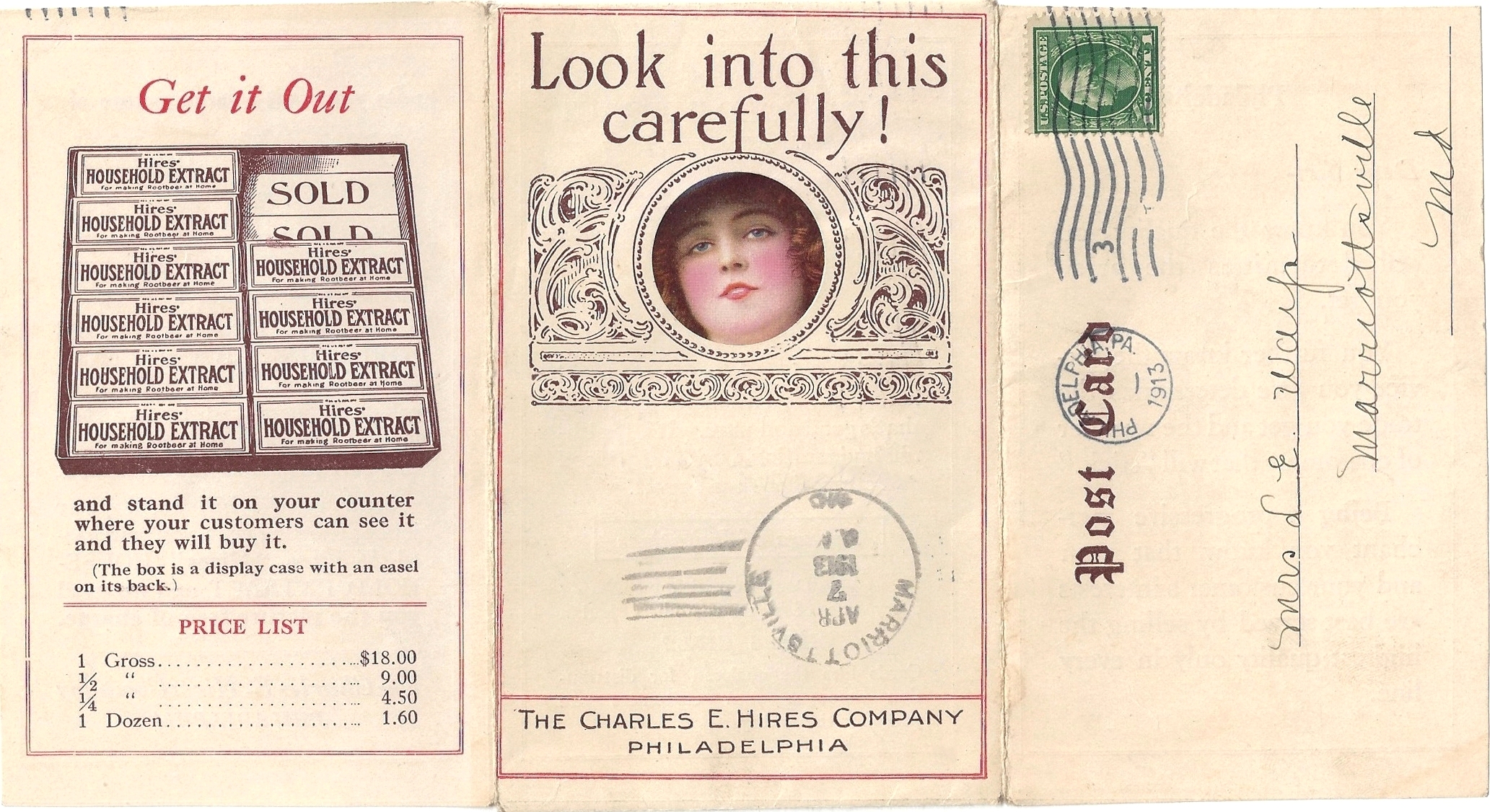
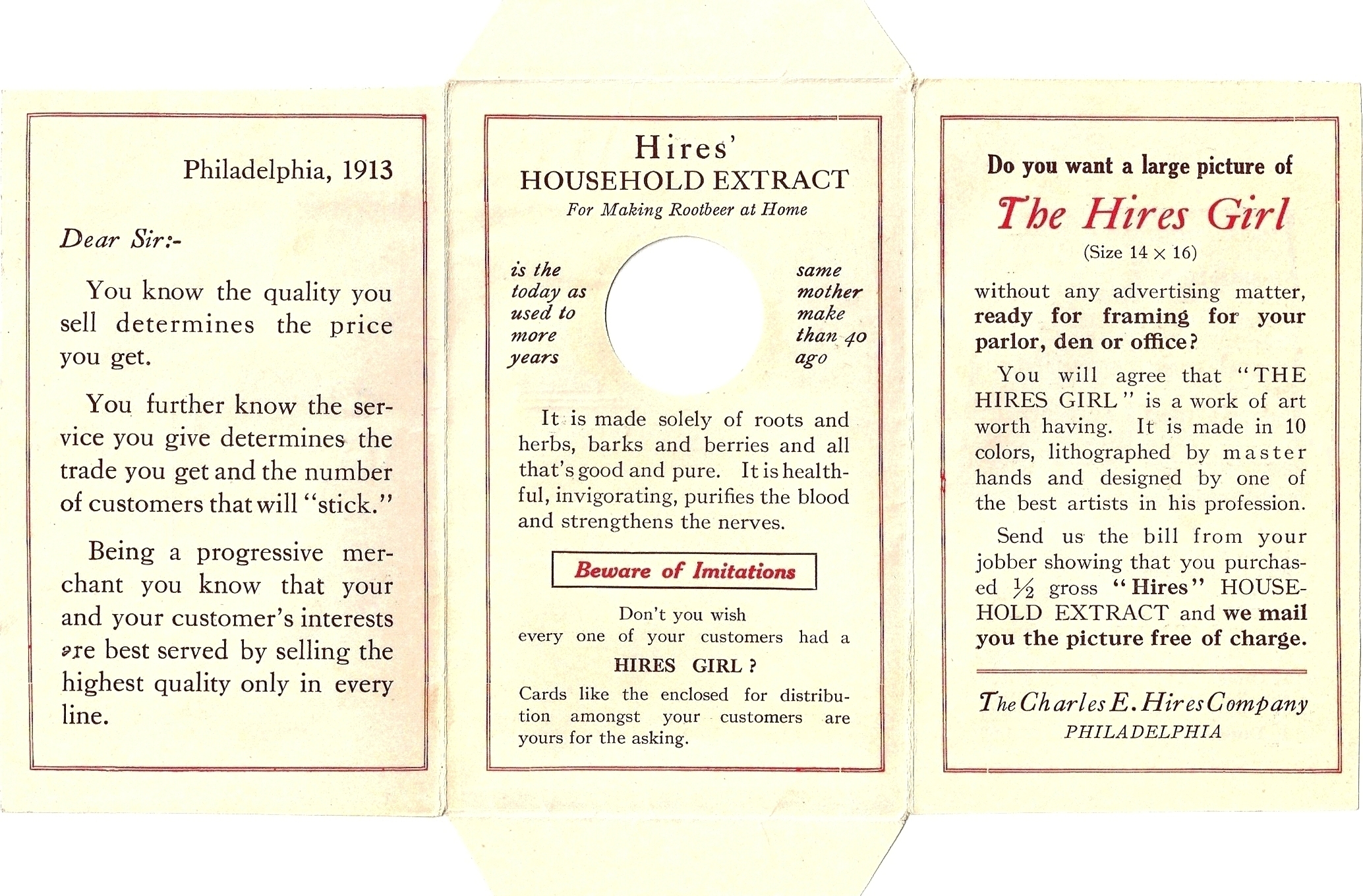



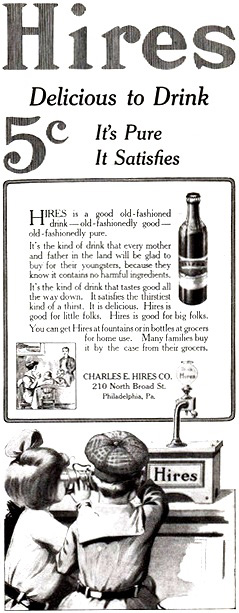
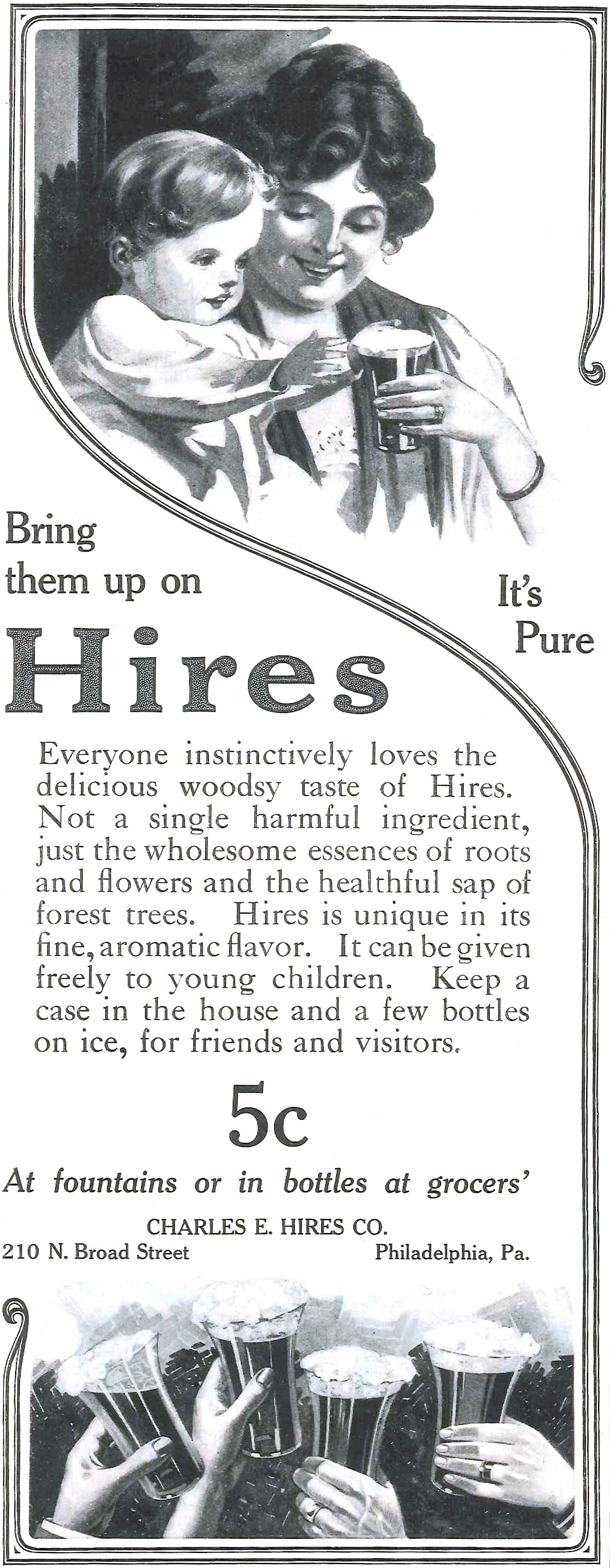

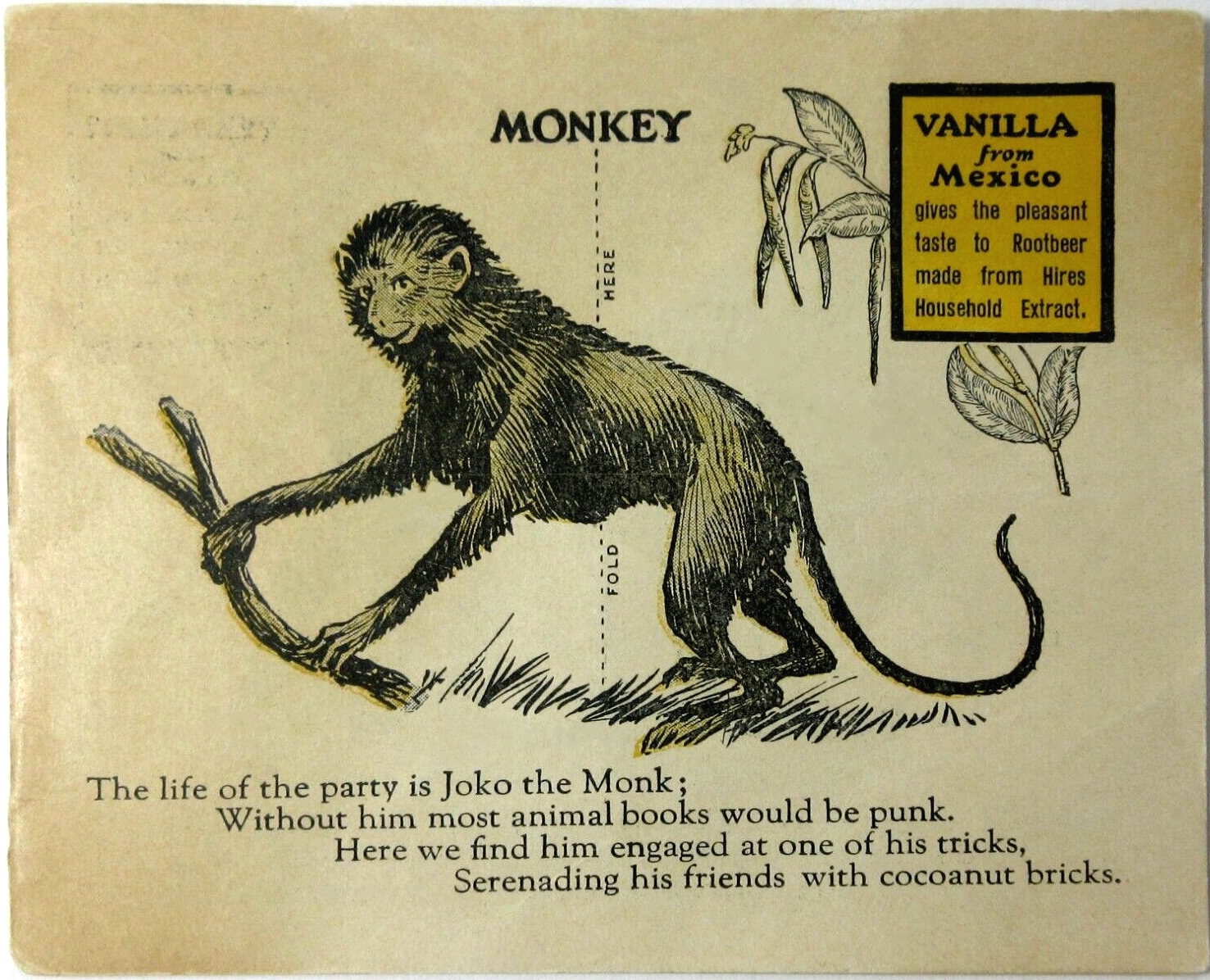
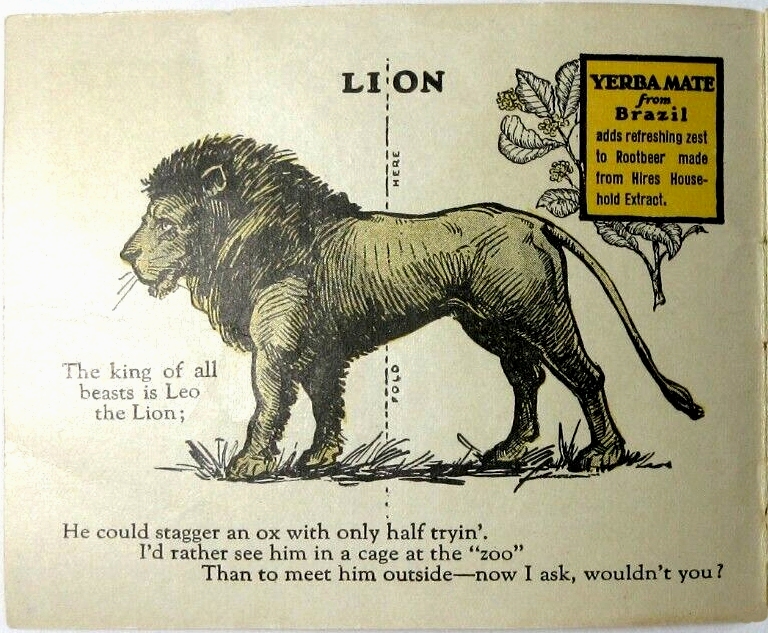
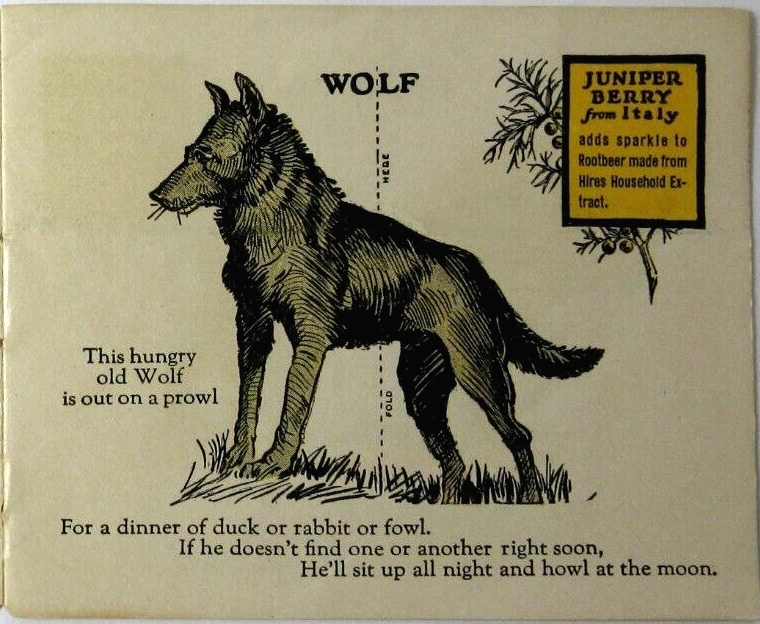
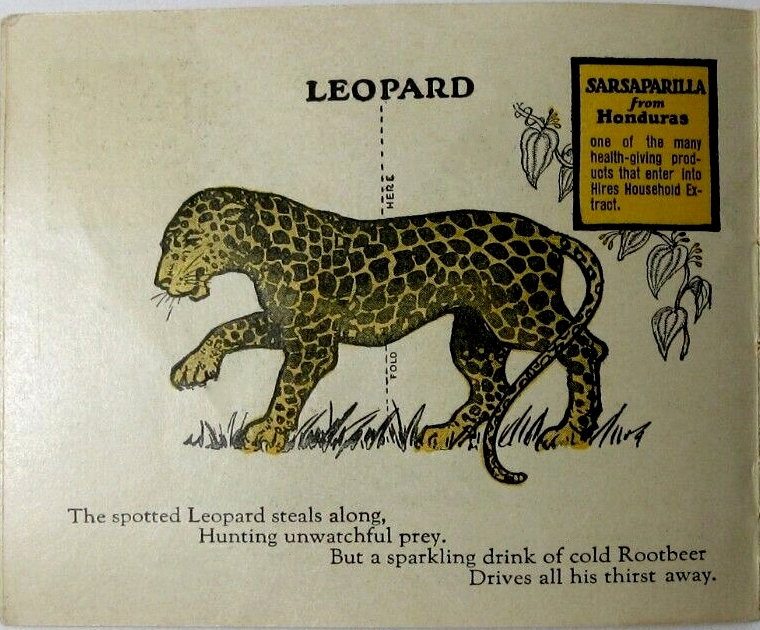
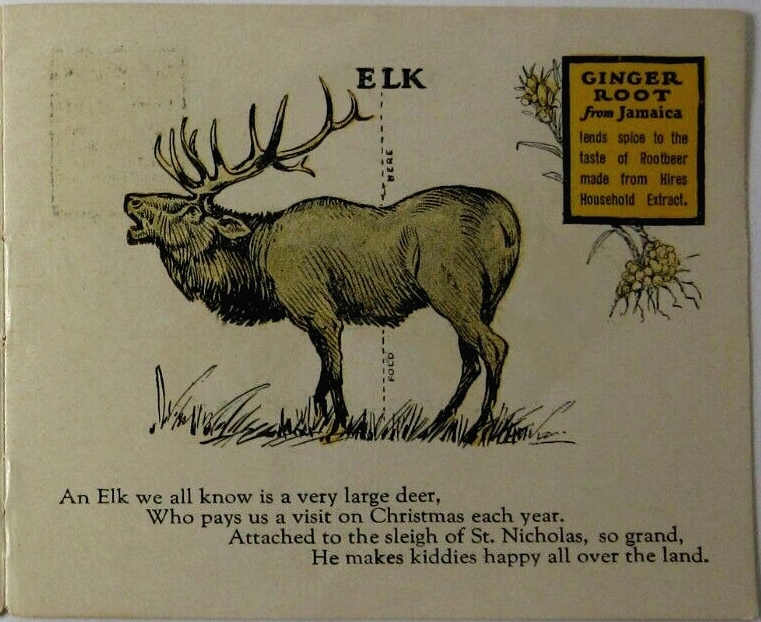

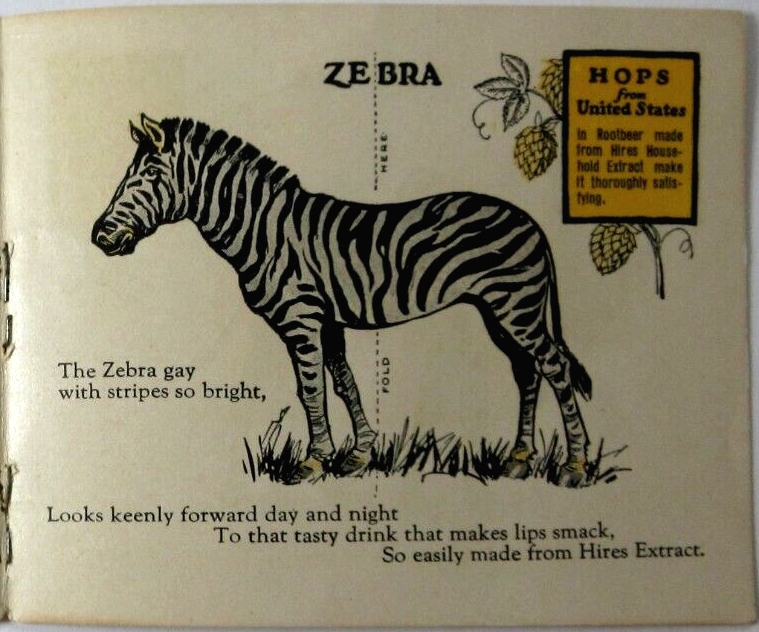
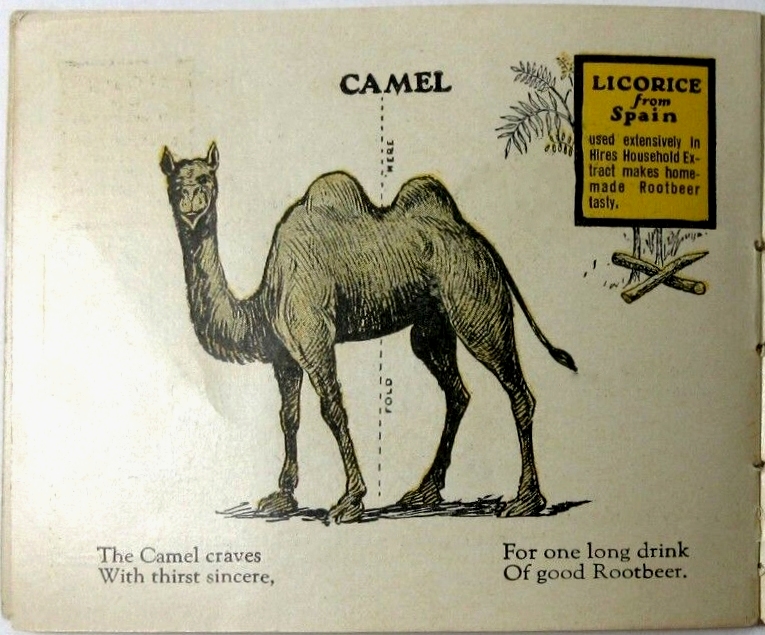
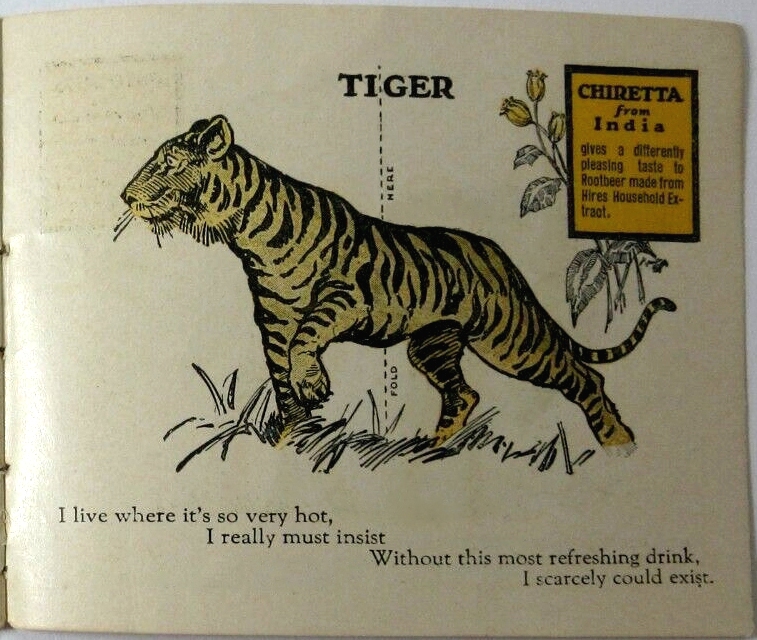
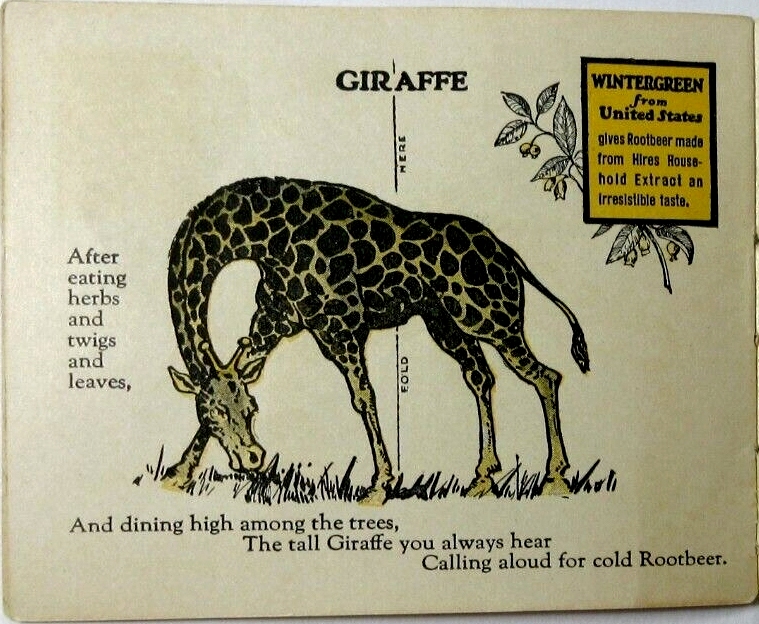


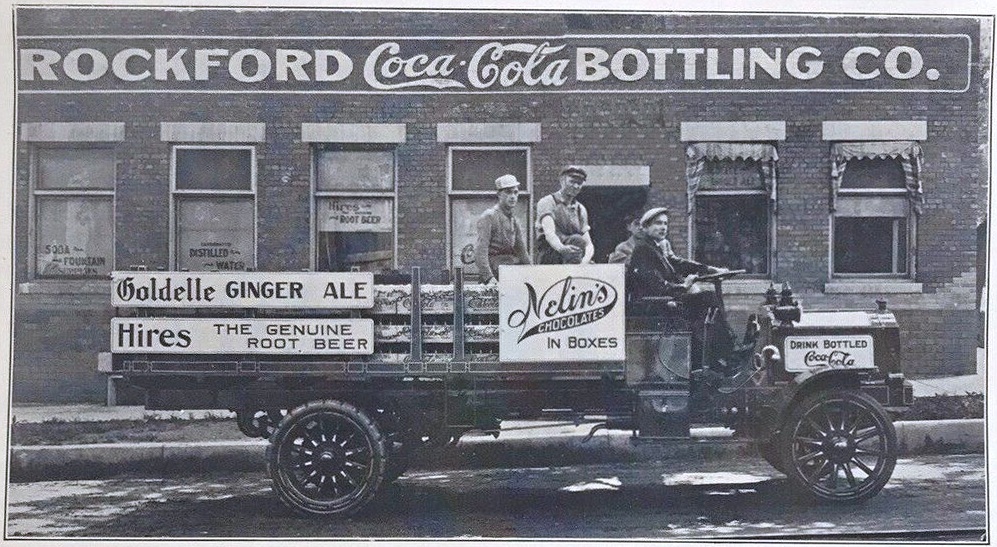

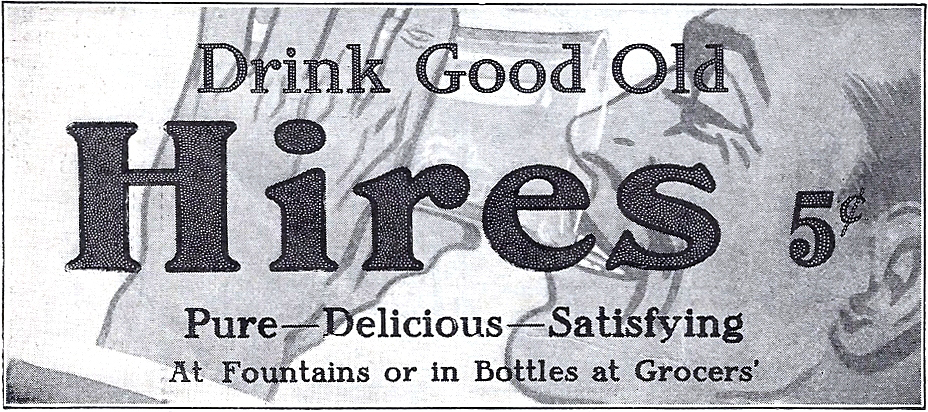
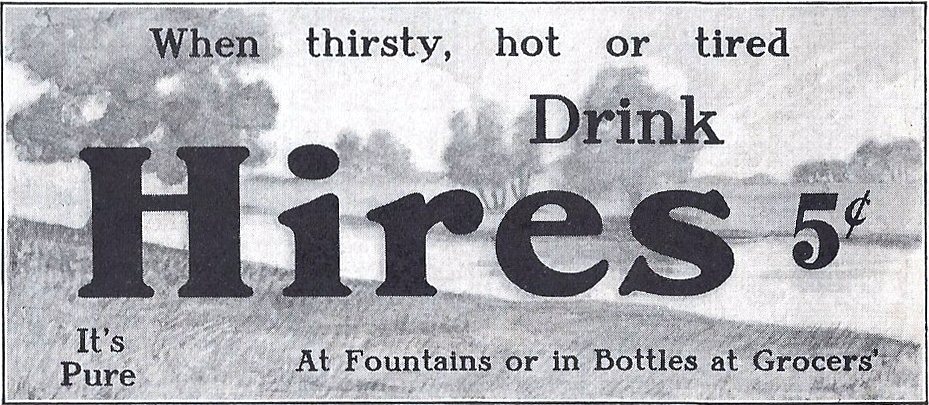
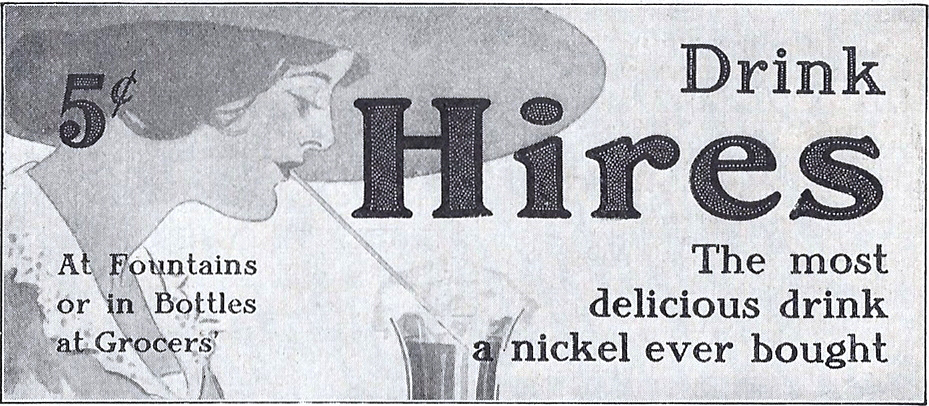
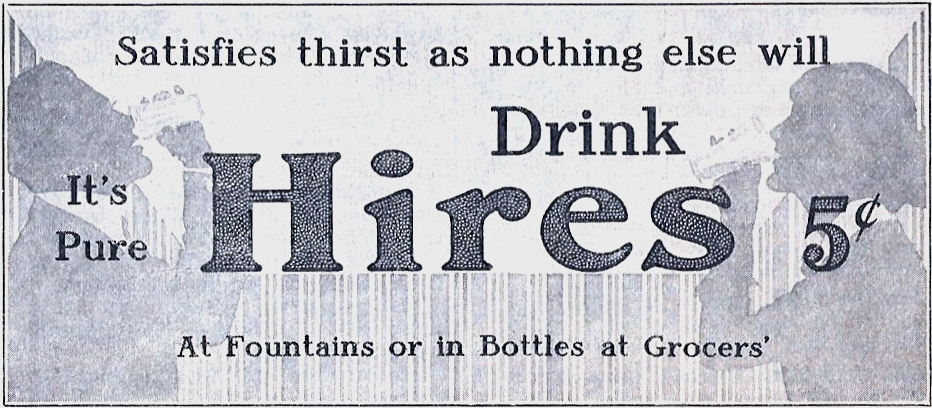

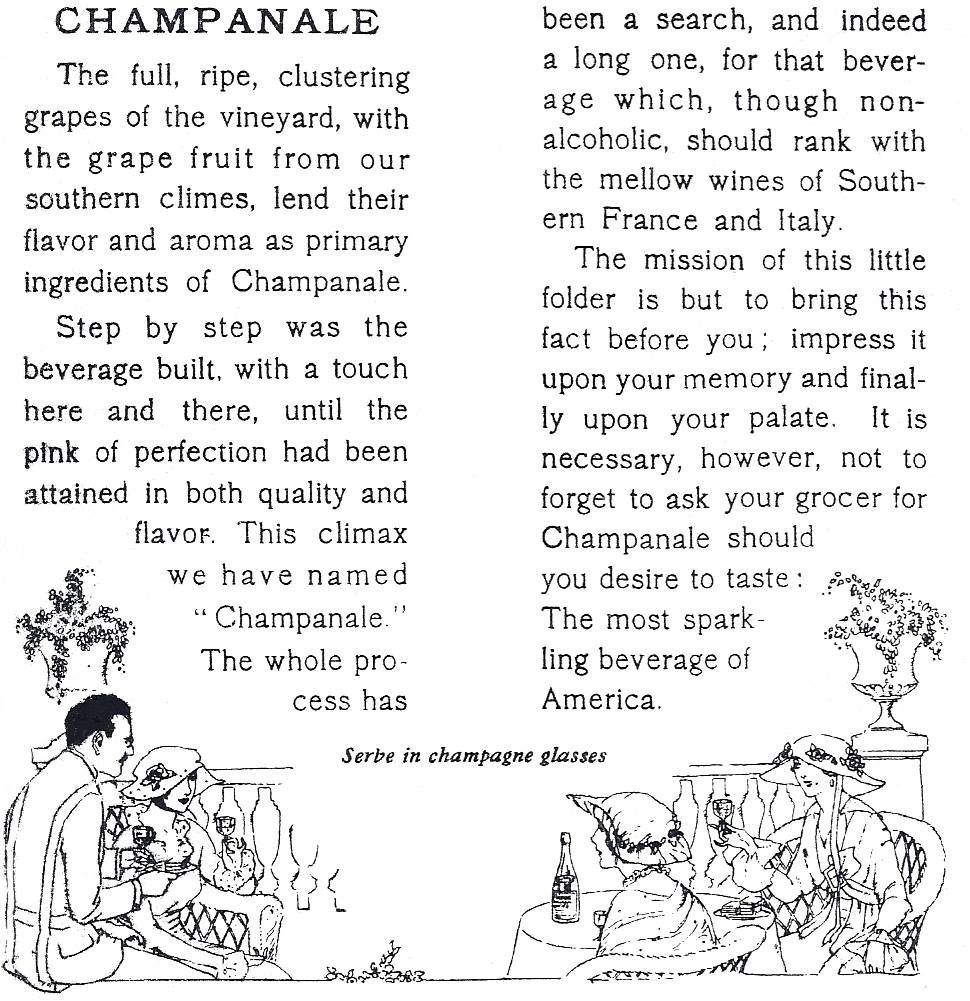




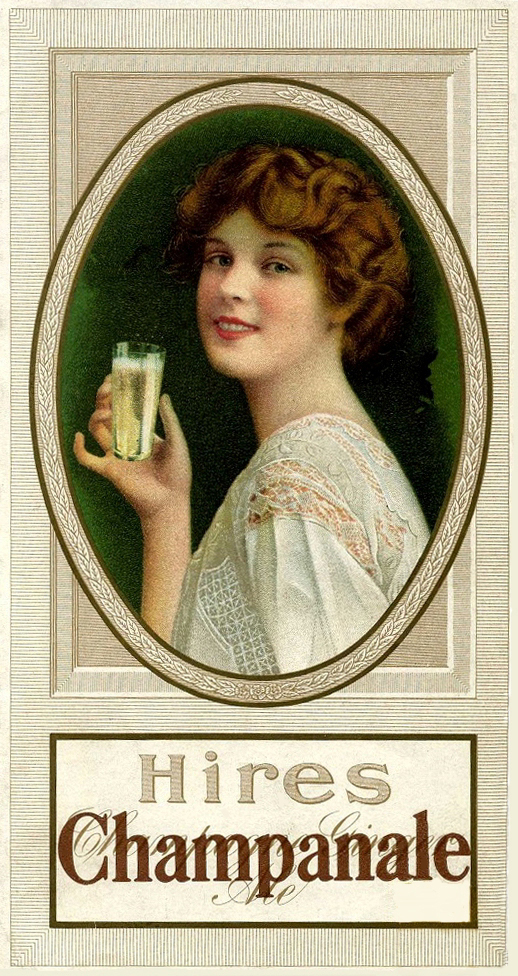


%20Tribune%20-%20libraries.wsu.edu.jpg)
